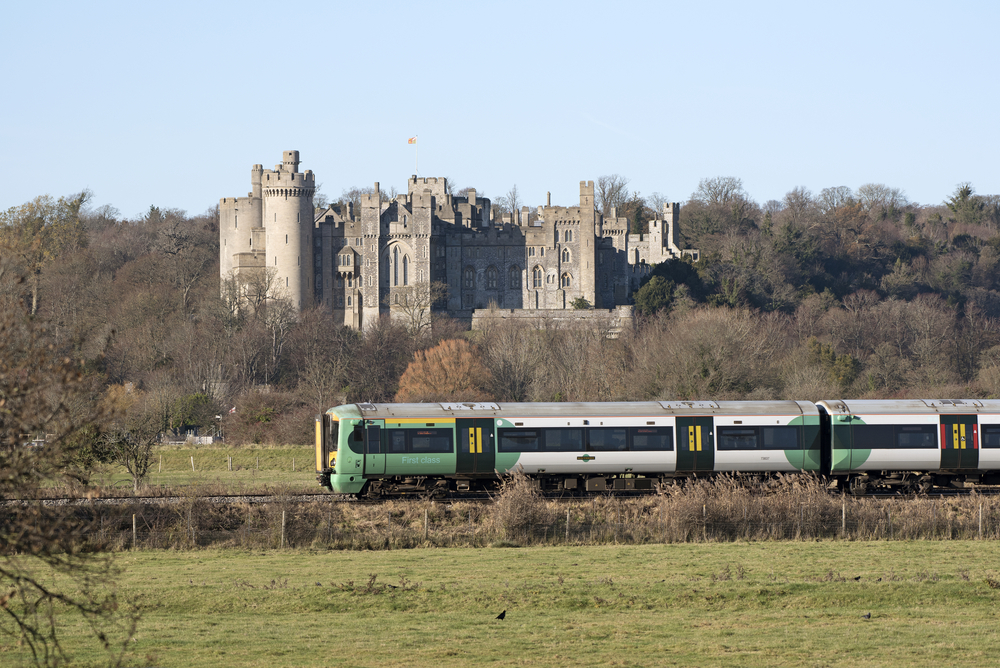 There is more bad news for commuters – the ongoing Southern rail dispute has knocked house price growth along six major routes, new research shows.
There is more bad news for commuters – the ongoing Southern rail dispute has knocked house price growth along six major routes, new research shows.
According to online estate agent eMoov.co.uk, house price growth across the Southern rail network has increased at a slower rate than England as a whole, going up 6.5% compared to the national average of 7.6%.
A year ago this month Southern rail was voted in the top three worst rail providers by commuters. Since then they have undoubtedly become Britain’s most hated with commuters unlucky enough to rely on their service subject to nine months of commuting chaos.
Not only are commuters’ professional lives being impacted, it would seem property prices along Southern rail commuter lines are also suffering.
Using data from Zoopla, eMoov collected the average price paid and value change surrounding each station across all nine of the Southern rail network lines. The research looked at the price growth over the last 12 months, as well as the last six, comparing each line on Southern rail and the network as a whole to price growth across England during the same time periods.
More notable is the difference in growth in the last six months. Across England, homeowners enjoyed an average increase of 3% in property values. But those unfortunate enough to live on the Southern Rail network saw the average property price growth fall by more than half, increasing by just 1.4% overall.
But the salt in the wound is the cost of the property itself. With an average price of £447,539 across the Southern rail network, homeowners are paying above the odds for their property, only for its potential to be blighted by an external factor such as an inadequate train operator.
The worst affected line is Mainline West where prices have increased by just 5.4% in the last year and just 0.2% in the last six months. There is hope for homeowners on Southern’s Redhill line, with prices having increased by more than the average across England both in the last year (7.9%) and the last six months (3.1%).
Founder and CEO of eMoov.co.uk, Russell Quirk, said: “This research really highlights the impact external factors can have on a property’s value in the market. Often, the close proximity of good commuter links into London, in particular, can help increase the asking price of a property.
“In this instance, strike action, poor service, cancelled trains and long delays have had the reverse effect to property prices on the Southern rail network. It is worrying to think that something outside of your control can not only be detrimental to your work life but can also spill over into your personal life as well.”
“Southern rail staff must forgive UK homeowners for remaining unsympathetic to their cause when their selfish actions are inadvertently depreciating the most expensive asset they are ever likely to own.”
| Southern rail line | Average house price | 12-month change | 6-month change | |
| Brighton Mainline | SN1 | £581,714 | +5.8% | +1.5% |
| West London | SN2 | £631,539 | +6.5% | +2.2% |
| Metro | SN3 | £515,779 | +7.0% | +1.4% |
| Oxted | SN4 | £562,599 | +6.8% | +2.4% |
| Redhill | SN5 | £451,353 | +7.9% | +3.1% |
| Mainline West | SN6 | £386,305 | +5.4% | +0.2% |
| Mainline East | SN7 | £387,513 | +5.7% | +0.7% |
| Coastway West | SN8 | £300,065 | +5.7% | +0.2% |
| Coastway East | SN9 | £304,281 | +5.6% | +0.8% |
| All lines | £447,539 | +6.5% | +1.4% | |
| England | £281,056 | +7.6% | +3% | |
| Data source: Zoopla Z-Index (Collected 6th January 2017) | ||||





